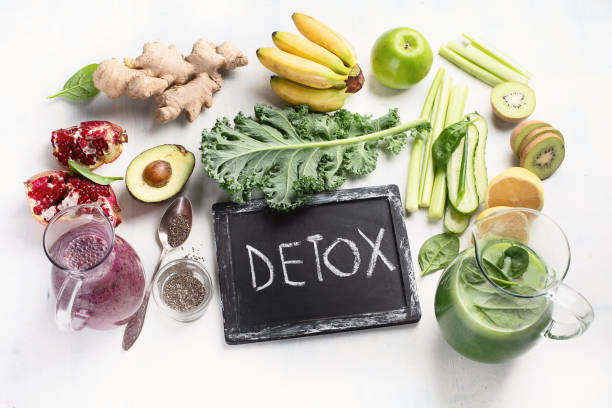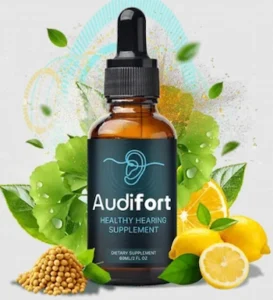Is Drug Detox at Home Safe and Effective for Overcoming Addiction?
While the idea of drug detox at home may appear appealing for privacy and comfort, it is not always safe...

Drug addiction is a serious condition that affects not only the person using substances but also their families and communities. For many, the idea of quitting drugs brings both hope and fear. One common question is whether drug detox at home is a safe and effective option. While it may seem convenient and private, a home detox has limitations and risks that must be considered before deciding on this path.
Understanding Drug Detox
Detox is the process of removing drugs or alcohol from the body, typically the first step in treating substance use disorders. During detox, a person may experience a wide range of withdrawal symptoms, including anxiety, nausea, insomnia, tremors, and even seizures, depending on the type of drug and level of dependence. The severity of withdrawal often determines whether medical supervision is necessary.
Is It Safe to Detox at Home?
Detoxing at home can be risky, especially without medical support. For individuals addicted to substances like opioids, benzodiazepines, or alcohol, withdrawal symptoms can be severe and, in some cases, life-threatening. Complications such as dehydration, irregular heartbeat, or seizures may arise without warning. Without a medical professional present, these issues can escalate quickly.
Moreover, mental health issues like depression, anxiety, and suicidal thoughts may worsen during detox. In a home setting, it’s often difficult to access emergency care or mental health support immediately, which puts the individual at greater risk.
Is It Effective?
For some people with mild addictions or short-term substance use, drug detox at home might help manage early withdrawal symptoms. However, detox alone is rarely enough to maintain long-term recovery. Addiction is not just physical—it involves behavioral, emotional, and psychological patterns that require structured treatment.
Professional detox programs provide more than just a safe environment. They offer access to addiction specialists, medications to manage withdrawal symptoms, therapy, and planning for ongoing care. In contrast, home detox usually lacks these crucial components, increasing the chances of relapse.
When Is Home Detox Considered?
In very specific cases—such as when the person has a strong support system, no underlying health issues, and only mild dependency—a home detox may be attempted under strict medical guidance. This may include telehealth supervision, prescription medications, and 24/7 family support. However, this should always be done after consulting a healthcare professional.
The Importance of Ongoing Support
Whether detox happens at home or in a facility, what follows is just as important. Recovery requires a long-term commitment and a comprehensive approach. Key elements that support long-term sobriety include:
- Therapy: Individual or group counseling helps address the emotional and psychological aspects of addiction.
- Peer Support Groups: Programs like Narcotics Anonymous (NA) provide encouragement, accountability, and shared experiences.
- Relapse Prevention Strategies: Learning to manage triggers and stress reduces the risk of returning to substance use.
- Healthy Lifestyle Changes: Adopting better sleep habits, nutrition, and exercise routines can strengthen overall well-being.
Without these supportive measures, even a successful detox may not lead to lasting recovery.
Conclusion
While the idea of drug detox at home may appear appealing for privacy and comfort, it is not always safe or effective—especially for those with moderate to severe addiction. Professional help increases the chances of a safe withdrawal and long-term recovery. If you or someone you love is considering detox, it’s important to seek medical advice before taking that step. Safety and support are the foundation of a successful recovery journey.




